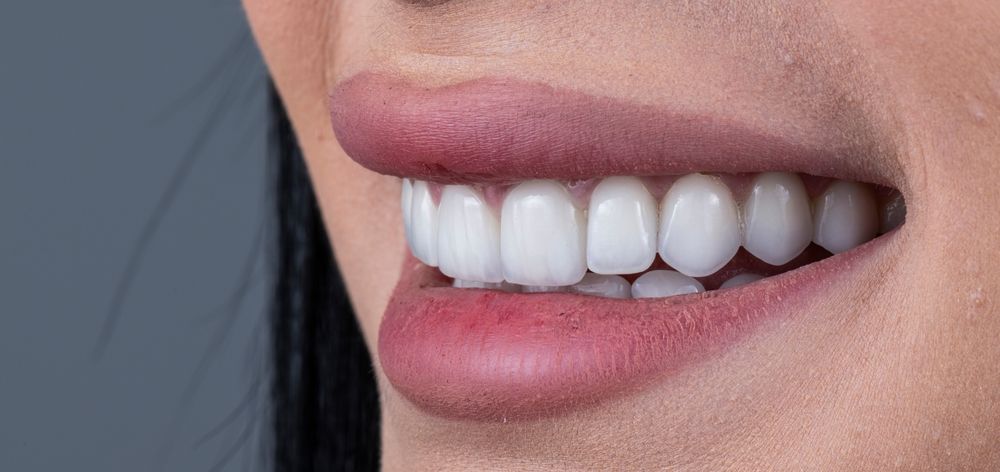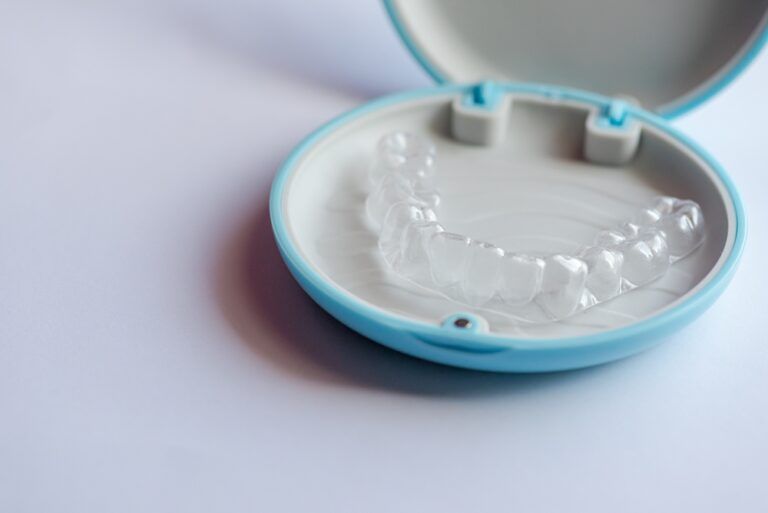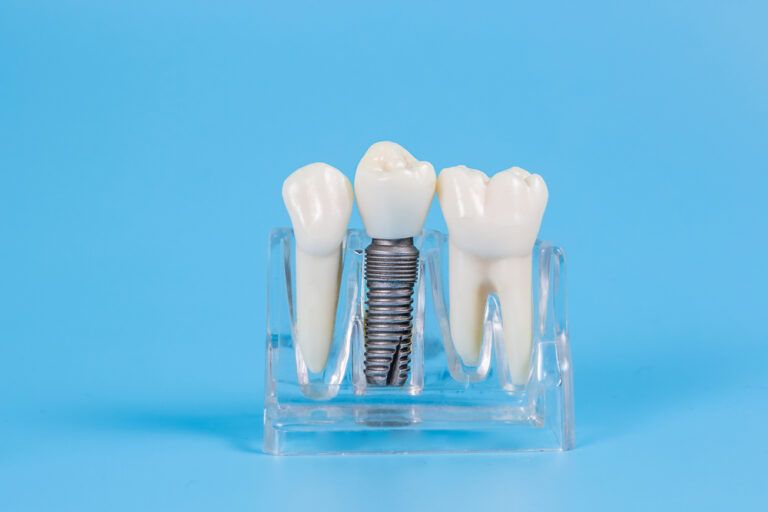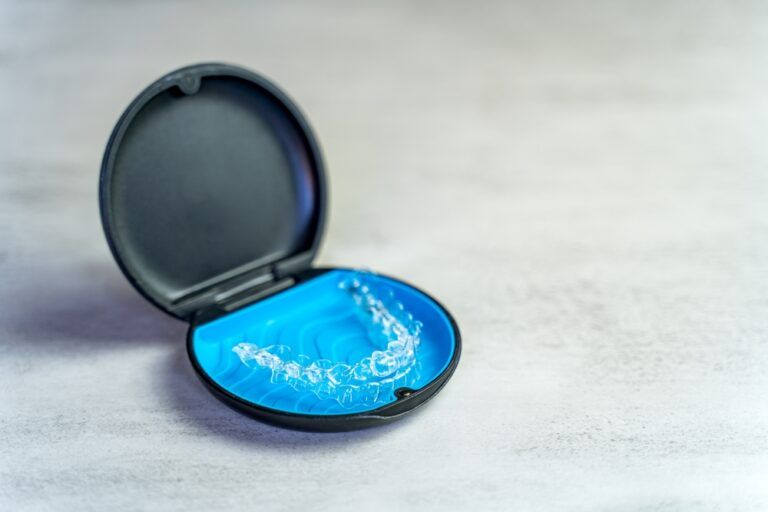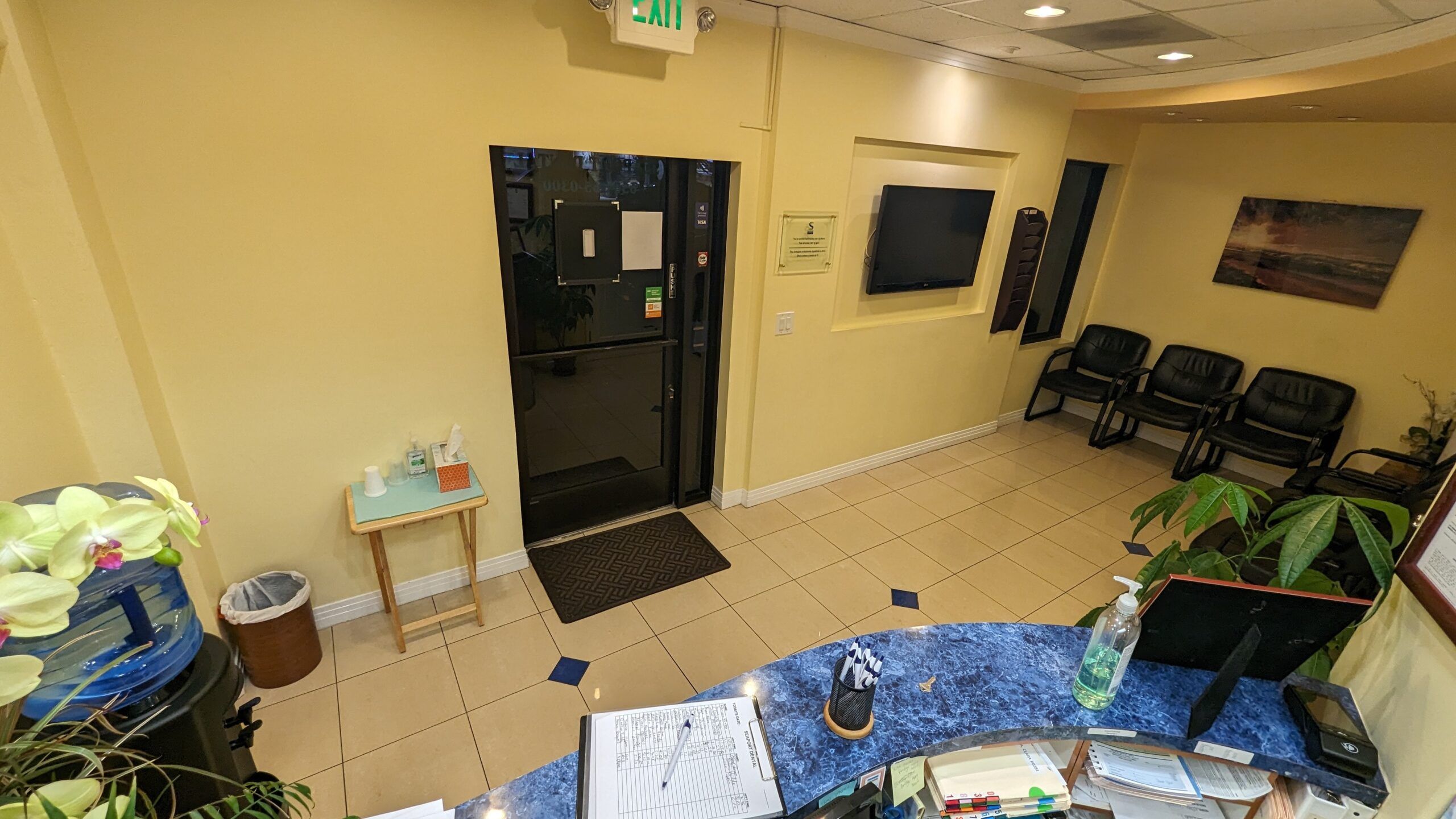If you’re looking to enhance your smile, dental veneers might be the solution you need. Veneers are a popular choice for patients who want to correct issues like chipped, discolored, or slightly misaligned teeth. With several types of veneers available, it’s essential to understand their unique benefits and which type might best suit your goals. Here at Seaport Family Dental in Redwood City, CA, Dr. Steve Deng, DDS, helps patients make informed choices for their dental health and aesthetic needs. Let’s take a closer look at the different types of dental veneers available today.
What Are Dental Veneers?
Dental veneers are thin, custom-made shells designed to cover the front surface of teeth, providing a natural and improved appearance. They’re ideal for correcting a range of dental imperfections, including discoloration, chips, and slight misalignments. Veneers are typically crafted from durable materials like porcelain or resin composite, each offering distinct advantages. The type of veneer you choose depends on factors like your cosmetic goals, budget, and the current state of your teeth.
Types of Dental Veneers
There are several primary types of dental veneers, each with specific characteristics and suitability based on individual needs. Let’s dive into the most common types and what makes each one unique.
1. Porcelain Veneers
Porcelain veneers are among the most popular types due to their durability and natural appearance. These veneers are custom-made in a lab to match the shape, size, and color of your teeth. Porcelain is resistant to staining, which makes it an excellent choice for those looking to maintain a bright smile over the long term.
Pros of Porcelain Veneers:
- Long-lasting (typically lasting 10-15 years with proper care)
- Highly resistant to stains, even from coffee or wine
- Custom-made for a natural appearance
Cons of Porcelain Veneers:
- Requires more enamel removal than other types
- Often more expensive than other options
- Not reversible, as enamel removal is permanent
Porcelain veneers are a great choice for patients seeking a long-term solution that maintains its brightness and luster over time.
2. Composite Veneers
Composite veneers, sometimes called direct veneers, are made from a composite resin. Unlike porcelain veneers, which are fabricated in a lab, composite veneers can be applied directly to the teeth by a dentist in a single appointment. This process makes them a more affordable and faster option, although they may not last as long as porcelain veneers.
Pros of Composite Veneers:
- Typically less expensive than porcelain veneers
- Can be applied in a single visit
- Easier to repair if damaged
Cons of Composite Veneers:
- More prone to staining over time
- Generally lasts around 5-7 years
- Not as durable as porcelain
Composite veneers are often a good choice for those seeking a more affordable solution or for those who may want a temporary enhancement before committing to porcelain veneers.
3. Lumineers
Lumineers are a type of ultra-thin porcelain veneer that requires minimal to no tooth preparation. They’re designed to be placed over the existing tooth structure without extensive enamel removal. This minimally invasive approach makes Lumineers a popular choice for patients who want to preserve as much natural tooth structure as possible.
Pros of Lumineers:
- Minimal tooth preparation required
- Can be removed if necessary, as they don’t require enamel removal
- Quick and relatively painless application
Cons of Lumineers:
- May appear slightly bulkier due to minimal enamel removal
- Not suitable for patients with severe discoloration or damage
- Typically less durable than traditional porcelain veneers
Lumineers are a preferred option for individuals looking for a less invasive veneer option, particularly if they have minimal cosmetic issues to correct.
4. Temporary Veneers
Temporary veneers, sometimes referred to as “trial veneers,” are used as a temporary solution while patients wait for their permanent veneers to be made. They provide a way to preview the appearance of the final result and are typically made from a resin material that’s easily removable.
Pros of Temporary Veneers:
- Provides a preview of the final look
- Protects teeth between appointments
Cons of Temporary Veneers:
- Not intended for long-term use
- May feel slightly uncomfortable as they are not a perfect fit
Temporary veneers allow patients to get a feel for their new smile, making them a useful step in the veneer process. However, they’re not designed to last and should only be considered a short-term solution.
5. Zirconia Veneers
Zirconia veneers are relatively new in the field and are known for their durability. Made from zirconium dioxide, these veneers are much stronger than porcelain and are resistant to cracking and chipping. Zirconia veneers are particularly beneficial for patients who have significant enamel erosion or tooth wear.
Pros of Zirconia Veneers:
- Extremely durable and strong
- Resistant to chips and cracks
- Ideal for patients with high bite force
Cons of Zirconia Veneers:
- More opaque than porcelain, making them less natural-looking
- Often require more tooth preparation due to their thickness
- Usually more expensive
Zirconia veneers are a good option for those who need a more durable solution, particularly if they grind their teeth or have a strong bite.
Which Type of Veneer Is Right for You?
Choosing the right type of veneer depends on several factors, including your aesthetic goals, budget, and the current condition of your teeth. During a consultation at Seaport Family Dental, Dr. Steve Deng, DDS, can help you evaluate which option best suits your needs. For example, if you want a highly durable solution, zirconia veneers may be recommended. For a more natural look and minimal tooth preparation, Lumineers might be ideal. Composite veneers provide an affordable alternative, while traditional porcelain offers a balance of durability and aesthetic appeal.
Caring for Your Veneers
Regardless of the type of veneers you choose, proper care is essential to ensure they last and continue to look their best. Here are some general tips for maintaining veneers:
- Practice good oral hygiene: Brush and floss regularly to keep your teeth and veneers clean.
- Limit staining foods and beverages: Avoid excessive consumption of coffee, wine, and foods that can stain.
- Avoid excessive force: Don’t use your teeth to open packages or chew on hard objects to prevent cracking.
- Schedule regular checkups: Routine dental visits help ensure your veneers are in top shape.
Veneers can provide a significant improvement in your smile, but maintaining them is key to enjoying a long-lasting result.
Finding Your Best Smile Solution
The decision to invest in veneers is a significant one, and understanding your options is essential to make the best choice for your dental health and aesthetic goals. With guidance from Dr. Steve Deng at Seaport Family Dental, you’ll have expert advice and support in choosing a veneer type that aligns with your needs. Whether you’re considering traditional porcelain veneers, the minimally invasive Lumineers, or another option, an informed choice will lead to a more confident smile.
Sources:
- Yilmaz, B., & McGlumphy, E. A. (2016). A clinical review of tooth-colored dental restorations. Journal of Prosthetic Dentistry.
- Pjetursson, B. E., & Sailer, I. (2010). A systematic review of the survival and complication rates of veneer restorations. Clinical Oral Implants Research.
- Peumans, M., & Van Meerbeek, B. (2000). Porcelain veneers: A review of the literature. Journal of Dentistry.

